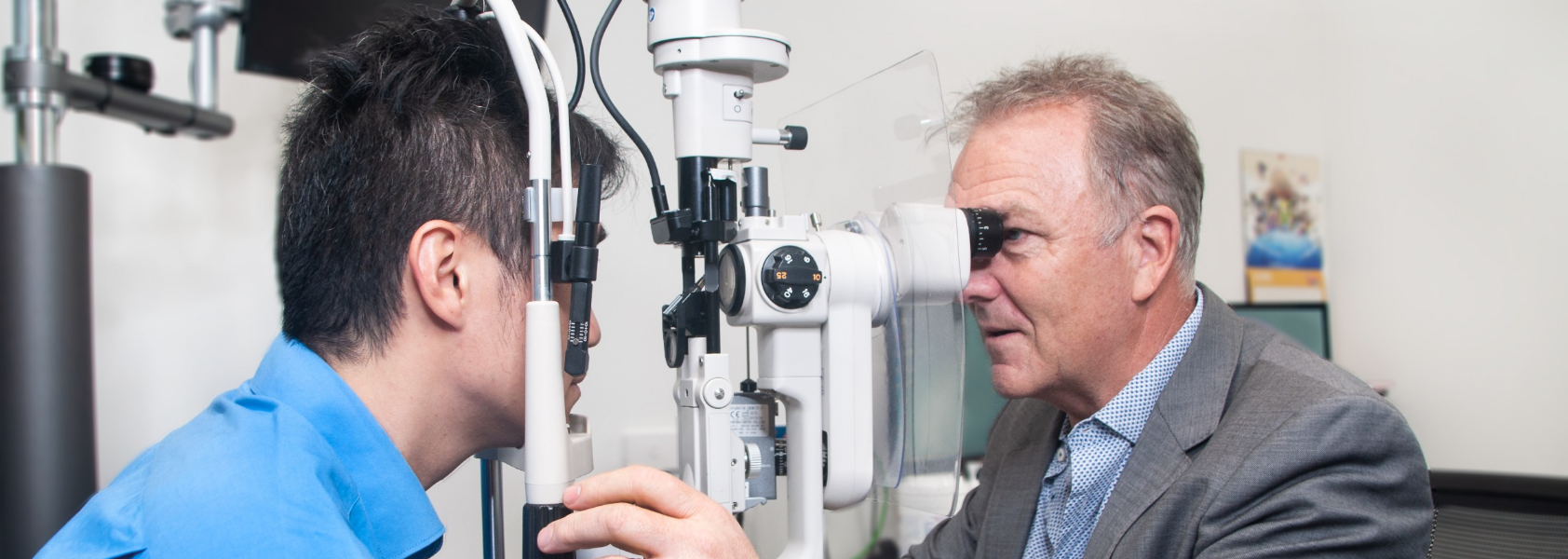Understanding ICL
Although laser eye surgery is the most common way to gain freedom from glasses or contact lenses, some people’s eyes aren’t suitable due to high prescriptions or thin corneas. In these cases implantable contact lens (ICL) may be a better solution for their vision problems.
Over 125,000 Visian ICL’s have been implanted worldwide with excellent results. All our ICL patients have achieved unaided vision of better than, or equal to, driving vision.
The ICL is a tiny contact lens that is placed inside the eye, not on top of the eye like normal contact lenses, to correct near or far (short or long) sightedness, with or without astigmatism. The lens is specially manufactured for your individual eye contours, so is highly customised. Our specialist can advise if ICL is the right choice for you.
For further information on ICL please contact our friendly specialist team.

ICL Surgery
Auckland Eye is pleased to be able to offer this technology and Dr Dean Corbett has been fully accredited by STAAR™ since September 2003 and has performed over 70 ICL procedures over this time with excellent results as outlined.
Timing
Ideally the first eye will be followed by the second after a period of at least 2 days, but more commonly 1-2 weeks. Alternatively a contact lens can be worn in the non-operated eye, and the second ICL can be deferred for an indefinite period. All patients not living in Auckland would be asked to remain within the Auckland metropolitan area for a minimum of 1 days post implantation of an ICL.
Location
All ICL surgery will be performed at Auckland Eye, Remuera.
Anaesthetic
All patients will receive a local anaesthetic. General anaesthesia is an option , but not necessary, and will increase the cost of the procedure.
Follow-up
Surgery is performed early in the afternoon, as a postoperative check is required 4 hours later. Further follow-ups are required at 1 day, 1-2 weeks, and 1-2 months, and any additional as required. Longer term follow-up will occur at 6 months and 2 year intervals. All follow-ups for the first six months will be included in the initial fee. Subsequent visits will take place annually or as required, and will be charged as a follow-up visit. Current results suggest that patients that are stable at 3 months are unlikely to develop any significant problems.






